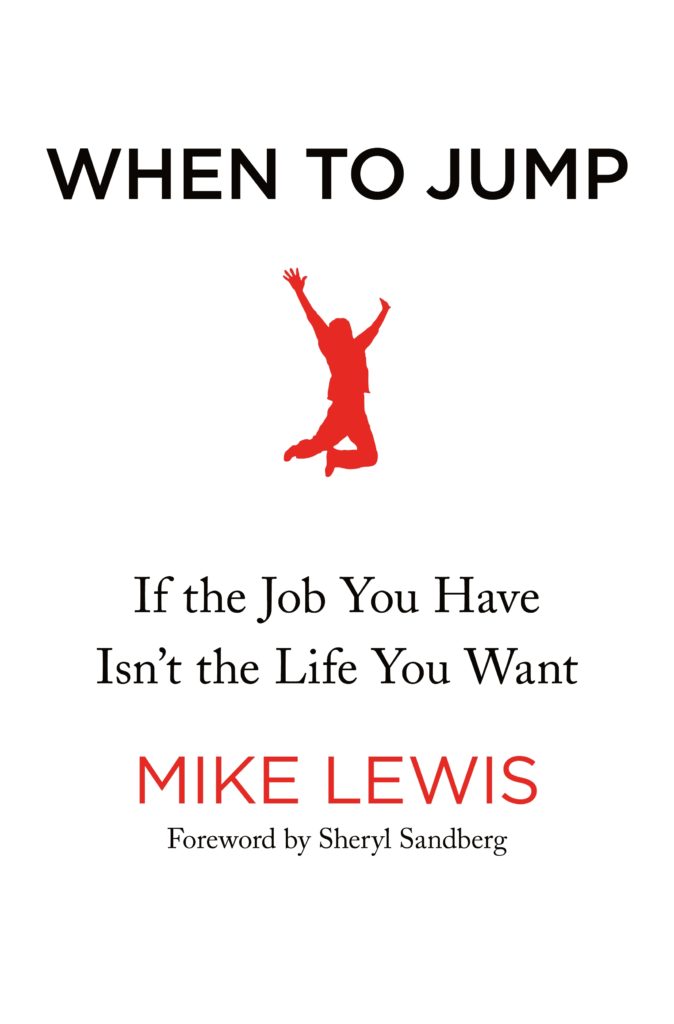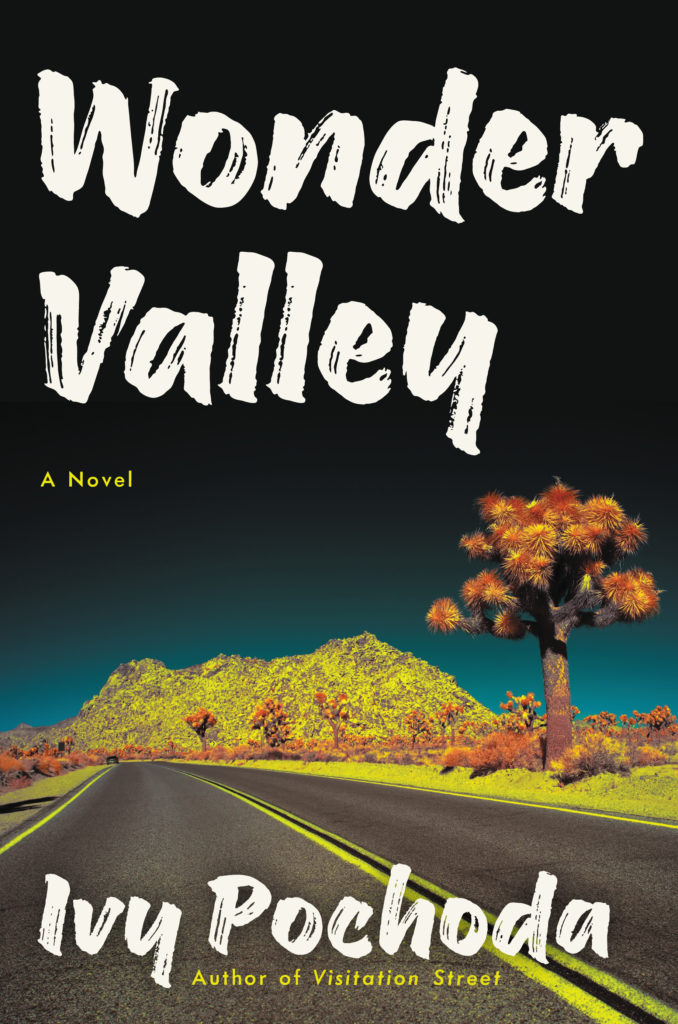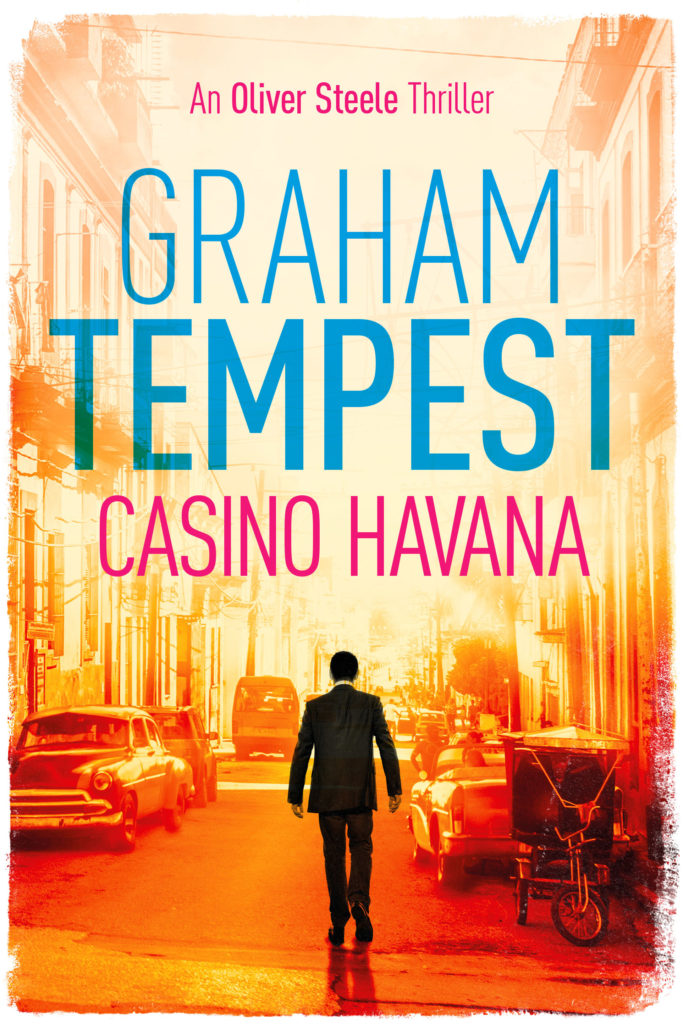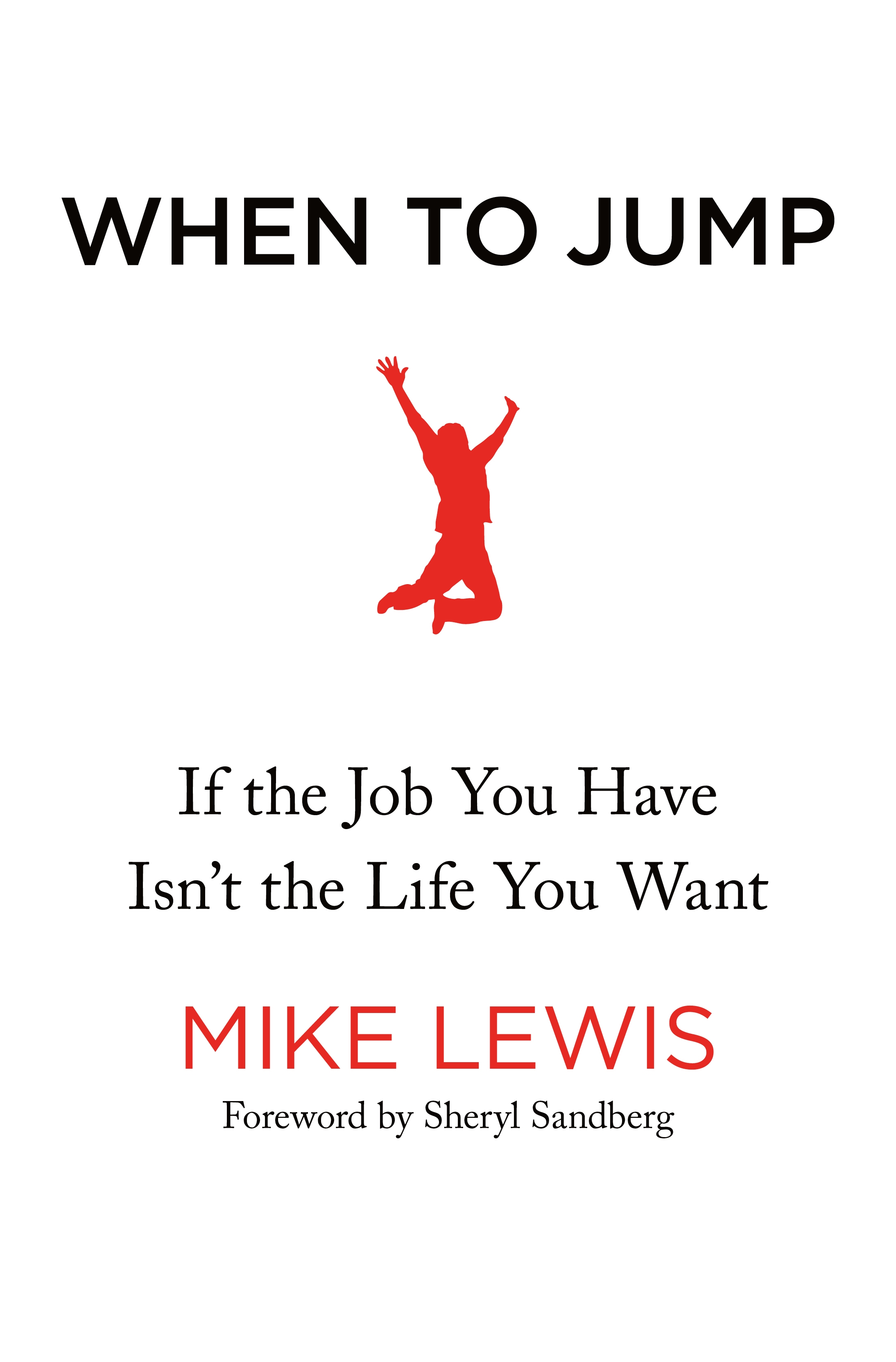By James Zug
 When to Jump: If the Job You Have Isn’t the Life You Want
When to Jump: If the Job You Have Isn’t the Life You Want
By Mike Lewis
(New York: Henry Holt, 2018)
When we last visited with Mike Lewis with the article “Have Racquet, Will Travel” in our February 2016 issue, Lewis was wrapping up his squash career, having reached a world ranking of No. 112. Since then, he has started a self-help movement focused on helping people change careers and pursue dreams.
This book is just the tip of the iceberg. The When to Jump website features a collection of videos, a podcast, an e-newsletter and an online learning program. It isn’t just digital: Lewis curates Jump Clubs, urban retreats where people get together to talk about jumping, and Lewis is now giving keynote addresses and inspirational speeches around the world.
When to Jump has a foreword by Sheryl Sandberg, the Facebook COO and best-selling author. She is Lewis’ second cousin and talks about their great grand-parents’ jump from southern Ukraine to New York City.
Lewis divides the book into four sections, prefacing each one with his own story of jumping from a job at a venture capital firm, Bain Capital, to itinerate squash professional. The sections correspond to the Jump Curve, the four phases of the decision-making process: listen to the little voice, make a plan, let yourself be lucky and don’t look back.
Short, insightful essays from a tremendously varied group of jumpers then follow. These are forty-four men and women who jumped from being a lawyer to a firefighter or a teacher to ski instructor. Some are famous—author Michael Lewis, Senator Angus King. Others you might not know by name but you are familiar with the result of their jump: Harpoon beer, the Lyft carstache, Sleepless in Seattle and Bonobos clothing.
This is determinedly a self-help book. At the end of each block are “section takeaways.” Authors write about society’s expectations, about true callings, about that little voice—“the second heartbeat”—that inspired their jump. One mechanical engineer, Nate Chambers, believed so completely in his jump to designing backpacks that he deliberately moved into his car, a four-door Jetta sedan. For seven months. “The best things in life lie on the other side of fear,” he concludes. This isn’t just about angst-ridden privileged people who see the light while at Burning Man (though you do get that). One author was a warehouse worker from El Salvador; another drove a forklift for a door-making company. Others jump internally, switching jobs within a firm.
In the conclusion, Lewis tosses off a couple of quick paragraphs about what happened once he personally jumped, about his year and a half on the PSA tour. He racked up an impressive tally of statistics: twenty-five PSA tournaments, forty-seven countries visited, 115 plane rides. Perhaps it could have gone on longer, but no one could really keep up that pace, sleeping on couches night after night, the constant travel. (His squash perhaps suffered from all that vagabondism—he won a total of just fourteen matches in those twenty-five events).
That points to a fundamental failing of When to Jump: its positivity. There is no regret. None of the forty-four stories end badly. Lewis claims that in the hundreds of jumpers he’s interviewed, not one described remorse for making their jump. But aren’t there jumps that turn out to fail? “No good sail stays in a straight line,” writes one essayist. But sometimes it sails into an unfriendly harbor or onto the rocks. And those might lead to the most interesting jumps of all.
 Wonder Valley
Wonder Valley
Ivy Pochoda
(New York: HarperCollins, 2017)
Ivy Pochoda, a squash player formerly of Harvard, Amsterdam and the pro tour (highest world ranking of No. 38), has come out with her third novel. Her first, The Art of Disappearing, was set in Las Vegas, the second, Visitation Street, in Brooklyn. Here we are in California, in a braided narrative of Los Angeles and the Mojave Desert.
Wonder Valley is published by Ecco Press, an imprint of HarperCollins. One of Ecco’s earliest and most famous authors was Paul Bowles, the American composer and author (see: The Sheltering Sky). Wonder Valley has a distinct Bowlesian flavor to it: a mismatched pair of lovers wandering half-mad in the desert, petty criminals lurking in the underbelly of a city, violence and a scam just around the corner.
At the same time, Wonder Valley is very modern. Pochoda breaks the story into various threads, bouncing back and forth from chapter to chapter until the story gets woven together in the end. There are some comical moments—a naked man running against gridlocked morning traffic on the LA interstate—but also many riveting and harrowing scenes. Pochoda delves deeply into her characters and their hard-edged environments, whether a homeless mother and son on Skid Row or, most powerfully, twin teenage brothers in the forgotten valley of the title. After reading Wonder Valley, you’ll never think the desert is empty again.
 Casino Havana
Casino Havana
Graham Tempest
(Apopka, FL: Brightway Press, 2017)
A delightful winter bagatelle, Casino Havana is the fifth thriller by Graham Tempest (the pen name of squash player Jeremy Stone). Oliver Stone, the accountant turned detective, is back in his happiest hunting ground—the Caribbean—with an action-packed story involving an invasion of Cuba. There are the usual thrills and chills that come with a Tempest tale: ex-centerfolds, conniving casino owners, helicopter rescues of imprisoned friends.
And a bit of squash. Sandy Clark, a real-life doctor from Los Angeles, gets two cameos. One is as an opponent of a main character in Casino Havana. They play at a hotel in Havana. They split six games.
Later, after a mojito-fueled lunch, Clark introduces Stone to the game of frontenis, the racquet sport invented in Mexico a century ago. It is a cross of squash, jai alai and pelota. Clark wins the match. He claims it was the mojito factor: he had three at lunch, while Stone had just one.





